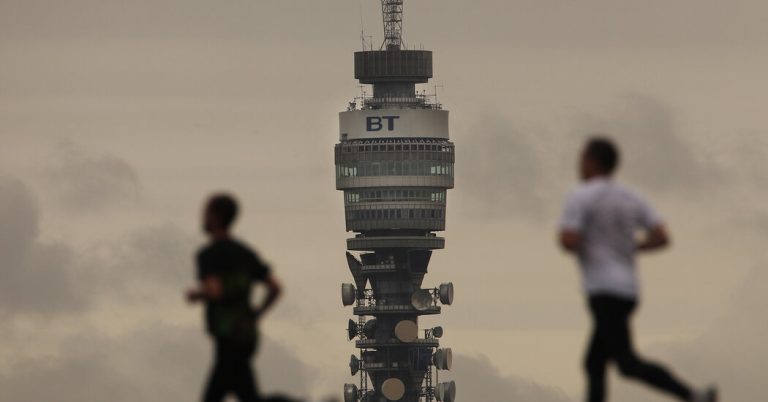St Paul’s Cathedral, the Tower of London and the London Eye are all major landmarks in Britain’s capital. However, you cannot spend the night in any of them.
But after another staple of the city’s skyline, the BT Tower, was sold to a US group on Wednesday, there are plans to turn it into a hotel: one that rises 581ft (177m) above the ground.
“We will take our time to carefully develop proposals that respect the rich history of the London landmark and open up the building for all to enjoy,” said Tyler Morse, chief executive of MCR Hotels, which bought the tower. The sale price was 275 million pounds ($346 million), the seller, BT Group, said in a statement.
MCR owns several notable hotels, including the TWA Hotel, which occupies the former TWA terminal at Kennedy Airport, designed by Eero Saarinen, and the High Line Hotel in New York City, which was formerly a dormitory for the General Theological Seminar.
“We see a lot of parallels between the TWA Hotel and the BT Tower,” Mr Morse said. “Both are world-renowned, ground-breaking works of architecture.”
The structure, originally known as the Post Office Tower, was completed in 1964 in central London, just south of Regent’s Park. At 620 feet including its spire, it surpassed the Milbank Tower as the tallest building in London, although it was overtaken in 1980 by the NatWest Tower. (The Shard, at 1,016 feet, currently holds that title.)
It was designed to hold microwave antennae to carry telecommunications traffic between London and the rest of the country. The public could also visit Britain’s first revolving restaurant at the top.
Advances in technology eventually began to render elements of the tower obsolete. In 2011, the microwave dishes on top, a distinctive aspect of the tower’s appearance, were removed.
“A number of network functions traditionally provided by BT Tower are now delivered via BT Group’s fixed and mobile networks,” BT Group said in a statement.
Don’t book a room yet. “BT Group will take several years to vacate the premises due to the scale and complexity of the work to move technical equipment, and there will be significant time for planning development and engagement with local communities before proposals are unveiled,” said MCR. in a statement.
Although instantly recognizable to Londoners and frequent visitors alike, the tower was not necessarily a favorite for many. It was cited as one of the world’s “most hated buildings” along with the Tour Montparnasse in Paris and the Empire State Plaza in Albany, New York, in a 2015 T Magazine article.
But architect Amanda Levete defended it, saying: “It was the first building with an observation deck – this way of engaging with the city was really pioneered by the tower. He had a restaurant that wasn’t particularly expensive. The high increases today are about the exploitation of the horizon for private profit.”
“It makes so much sense in an elegant slim scroll.”




